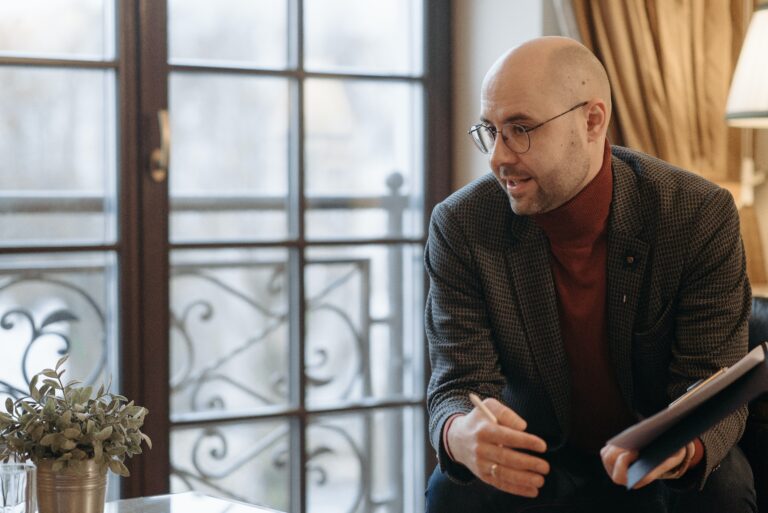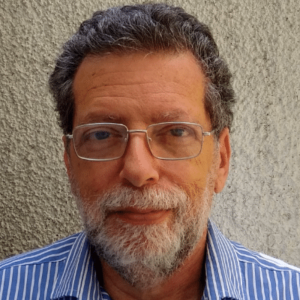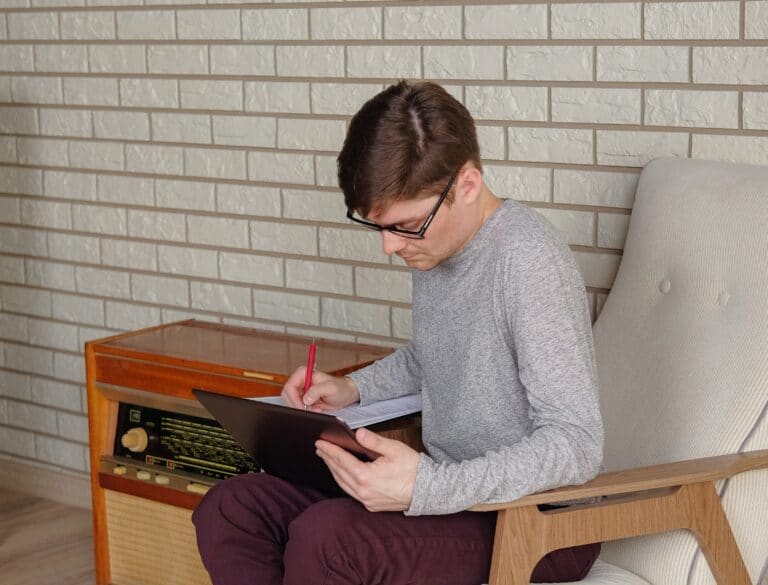When we start a therapy, how long will it take? how many different stages will it have? Of course the answer depends on many variables. It depends on the therapist, on the client, on the type of therapy that is being conducted.
In my case I think of layers.
Why are you going to therapy at this time in your life?
The first one is to know why the person is coming to therapy right now, that is, what motivated her or him to ask for a session. Usually, my first question is What ails? or What brings you here? I then listen. Sometimes it is specific words, like anxiety or depression. At times it is an example of the stituations that they are experiencing.
What is causing you pain and how long has it been going on?
I want to know what bothers them and since when. I try to understand what they are going through and how it feels from their perspective. I reflect what I perceived to the patient, concentrating on their feelings. I convey that with simple words, the ones that do not mask things.
At this point I may want to know since when the person has been feeling the issues they have described. Sometimes the answer is forever, sometimes it’s something more specific and at times it is a recent occurrence (e.g., two months ago).
Have you suffered several times from this situation?
We delve then into the layer of discerning whether there are repeated patterns concerning their sufferings and/or what triggers them. I ask about their history, starting as far back as they can remember.
Therapy for me is what goes on between session and session: the emotions and ideas that clients experience. Those are the main bricks of psychotherapy.
Making connections between the problem that brings you to therapy and past events
As therapy continues, the agenda will be jointly set at the beginning of every session. I’m very interested in knowing what the client experienced after the first sessions, what connections they made, what they felt. At this point I might have questions: I want to see parallelisms between the concerns that brought the clients to therapy and things that happened in the past.
The strange survival mechanisms of our childhood
Opening a new layer: Did the symptoms serve any purpose? Many times during childhood we utilize any mechanism that will help us tolerate or survive difficult situations and as strange as those mechanisms might sound in adult life, for a child those are life savers. However, sometimes carrying those coping mechanisms into adulthood does not lead them to achieve the things that they want (peace of mind, balanced self-esteem, knowing that they are moving forward in life).
Start making changes in your life
Here starts another layer in the therapeutic work. By this time we have both rolled up our sleeves and we are working together in this. This stage might take many sessions and there is progress: clients are working on themselves; they start to make changes; they like therapy and many times there is pain involved. I believe that the pain of facing the music is less damaging or less hurtful than the pain of trying to avoid the music, something that we excel at.
Making connections between different events in our lives
So here we are and we make more connections, another layer. If we could solve one issue we can now look back and at our lives and try to solve other issues or to revisit periods of our life that were not as good, understanding and coming to peace with that.
The end of the therapy
At this stage many clients will want to end therapy; we are probably anywhere from 8 to 30 sessions into the process and as I explained in other articles it generally isn’t me who decides when the end of the therapy occurs, but it is the client. Some clients want to continue until they feel certain that they can go on their own or there are no other issues to resolve. Some clients prefer to stop at that point and a few clients come back a few years later when something else flared up or just to look at specific things. Clients learn how to use the tools and they can face new situations and find the way to resolve most of the new issues.







